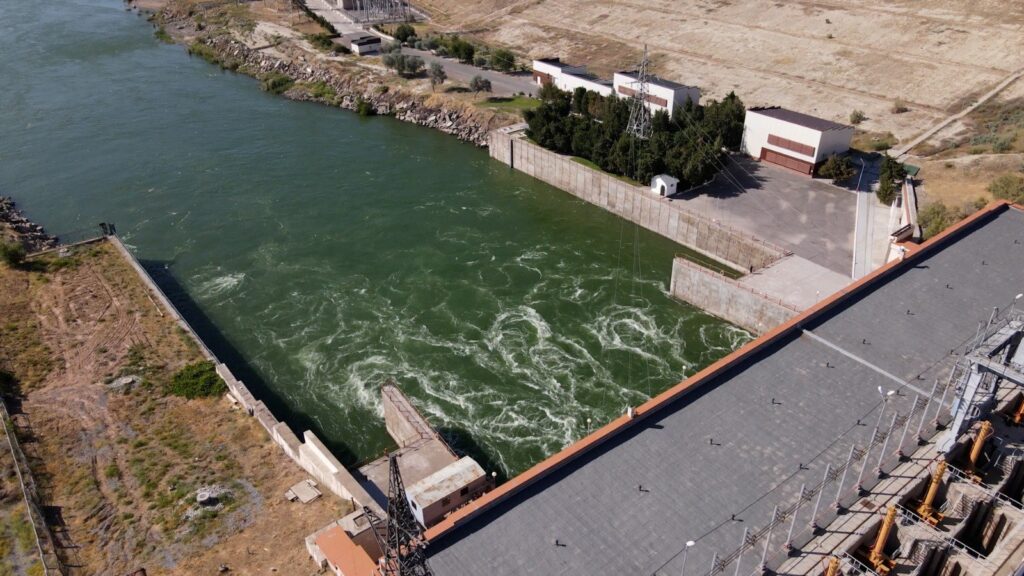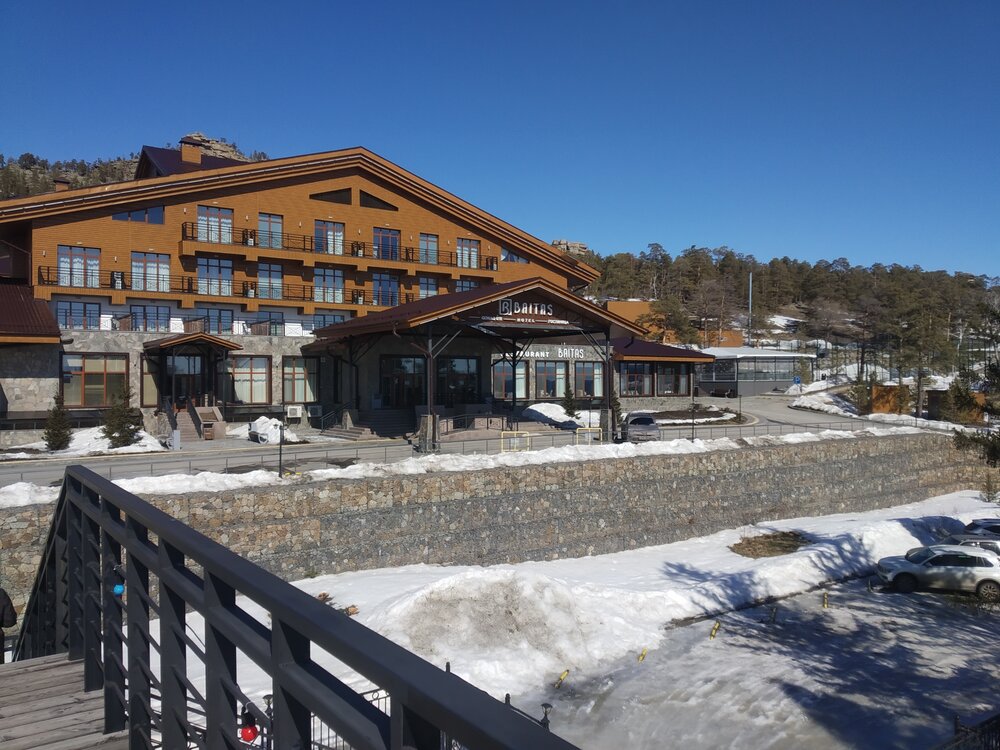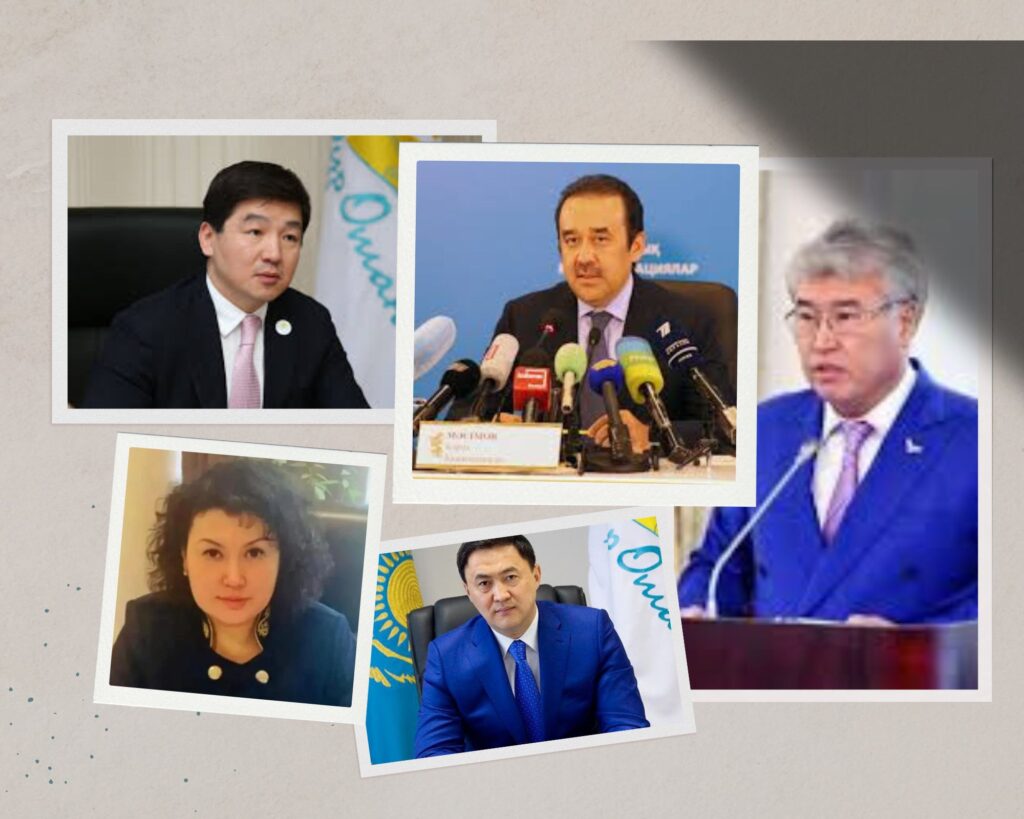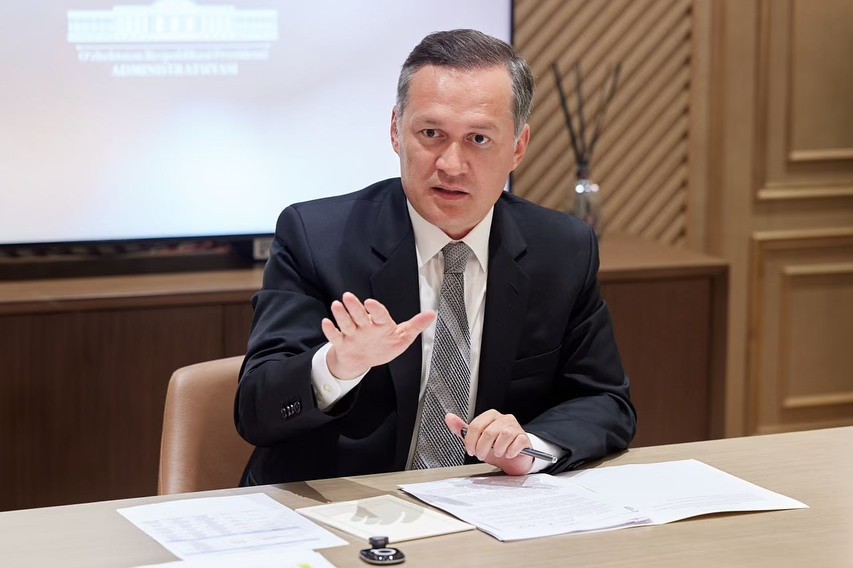LONDON (TCA) — When in late summer 2014 Kyrgyzstan’s then Interior Minister Abdulla Suranchiyev revealed names of local people’s representatives accusing them of “ties with organised crime,” a shockwave went through the country and beyond. Crime in Central Asia is a long ignored fact that is a deadly danger for the society. Of course, everyone knew about the organized crime groups and their ringleaders dubbed “avtoritety,” an equivalent for the western “godfathers,” but hardly anyone so far had realised that their power over the economy and indeed society itself had become so dangerously strong, exceeding that of the much-feared terrorism made in Afghanistan and the Near East.
Among the names of Kyrgyz “capos” mentioned by Suranchiyev were those of Kamchybek Kolbayev, Maksat Abakirov and Almas Bokushev. The first is believed to have taken the place of the most famous among all Kyrgyz chief-mobsters, the late Ryspek Akmatbayev. With two convictions behind him, he never served time for a triple murder he was implicated in. After the 2005 revolution, he was able to get all criminal charges dropped and later became a member of parliament. In May 2006, a month after his election, he was gunned down by a contract killer. Akmatbayev’s brother, also a member of parliament, had been shot dead a year earlier while visiting a prison.
As for Kolbayev, believed to be in charge of most drugs and arms trafficking, he was reported to represent the most important link in “human trafficking” for forced prostitution between the Far East on one end and Turkey and the Arabian Peninsula on the other. Also, he was reportedly involved for forced labour in various other parts of the world – apart from the usual racketeering, extortion and counterfeit trade, and apparently belonged to the infamous Russian “Brotherhood (Bratskiy Krug) of “Twenty”. This is a global organisation allegedly conducted by Vladislav Leontyev, a Russian from Nizhny Novgorod. In its two decades of existence, it has become one of the most feared mafia cartels in the entire world.
A new generation of crime chiefs
Kolbayev saw his star ascend after the rise of Kurmanbek Bakiyev and family in 2005. He was reportedly briefly detained in 2010 shortly after the restoration and the installation of a parliamentary regime and escaped to Abu Dhabi. There he was arrested the following year on the request of the Kyrgyz government, but released again after a few months. His place in the Kyrgyz underworld, however, became vacant as he had made too many headlines to maintain the necessary discretion for it.
Among those keen on succeeding him were Aziz Batukaev, who also escaped prison in 2013 and has been on the run ever since, and Almanbet Anapiyaev, who was murdered in Minsk in 2015 while also hiding from justice. But there are at least five pretenders who strive for Kolbayev’s “crown” today, which could lead to faction infighting in the higher echelons of organised crime in Kyrgyzstan. Their names are guessed at best, and there is reason to fear that they represent a new generation of crime chiefs, anonymous but all the more dangerous for it.
Faceless mobsters
A similar danger exists in Kazakhstan – and figures look startling indeed. According to a study carried out in 2014 by experts from the universities of Karaganda and Pavlodar in the centre and northeast of Kazakhstan respectively, the situation in the country in regard to the threat to society represented by a new breed of “faceless mobsters” is more than acute. According to the report, at the time of writing “organised crime” controlled 35 per cent of the commercial banks, 40 per cent of “state-owned industry”, 35 per cent of “private companies” and 60 per cent of “businesses”. The last category had to pay 10 to 20 per cent of their revenue in the form of bribes or “protection money”. Moreover, organised crime controlled the entire markets for arms, drugs, counterfeit money, prostitution and other illegal merchandise. The number and size of legal-looking enterprises they created to launder their benefits was mushrooming.
Unscrupulous opportunism
A representative example of how criminal groups spurted up in Kazakhstan, simultaneously with a bit everywhere in the USSR, is Muratkhan Shakerkhanovich Tokhmadiyev, born in 1966 in Semipalatinsk, in the northeast of Kazakhstan, once the location of the Union’s military atomic experiments and a very unhealthy place to spend one’s life up to this day. As “Murka” grew up, the social structure of the USSR was changing; ideals of the Revolution envisaging a better world for everyone were fading leaving place for little else but boredom and related unscrupulous opportunism. Murka soon found himself in the company of young people of his age, all of whom started with hooliganism and petty crime. All ready with the Soviet system disappearing to form the core of the ring of rogues and racketeers due to terrorize Almaty’s fledgling private entrepreneurship including clubs, shopping centers, wholesale companies and – of course – banks.
Settling accounts
Into the new millennium, “Murka” Tokhmadiyev together with a comrade-in-crime by the name of Marat Turlykhanov found himself at the helm of a gang known as Deputatskiy Korpus. Important rings included a gang named Red Diamond, which featured a female mobster named Aygul Saulebayeva known under the nicknames Hippopotamus and Ike. Closely linked to Deputatskiy Korpus were (and as assumed still are) Atabayev’s organisation Ataba, which specialises in arms trade, and Aday Charbayev’s group, known as Aday, which apart from coal and fuel smuggling routes controlled transport and trade lines between Almaty and Moscow. Finally, there was, and still is, a powerful network known as the Four Brothers, at the time controlled by a certain Serik Matyshev with strong links to other criminal organisations operating in the south of Kyrgyzstan.
Of late, news media in Kazakhstan have suggested that the influence of the “older generation” of crime groups and their kingpins in the country seems to be waning, to make place for a younger generation. The latter is less hierarchic in structure but all the more ruthless in its methods where it comes to binding legitimate business circles to them and settling accounts. Whether legitimate state authorities find an effective response to the threat remains to be seen – but that they are rather late with it looks clear already.









